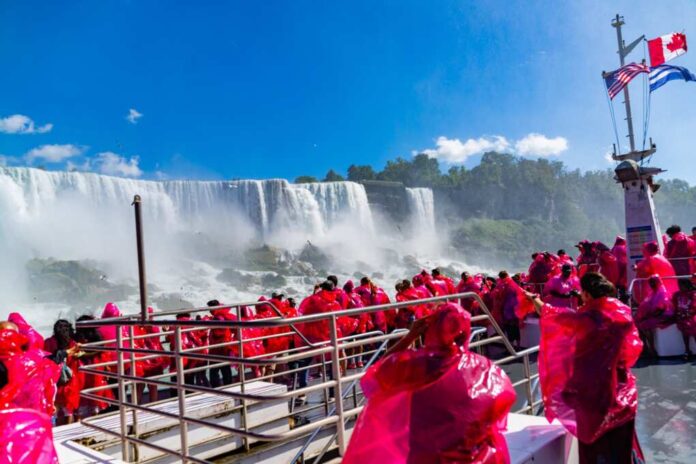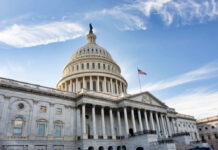
While many states are preparing for next week’s rare total solar eclipse, Canada has declared a state of emergency for the celestial event.
Niagara Regional Chair Jim Bradley issued a press release on Thursday stating that a state of emergency was issued “out of an abundance of caution.”
“Declaring a State of Emergency under the EMCPA strengthens the tools the Region has at its disposal to safeguard the health and safety of residents and visitors and protect our critical infrastructure in any scenario that might arise,” said Bradley.
The release also gave a bunch of tips for people planning on visiting the area during that time, including running errands such as getting groceries or gas beforehand and wearing certified eclipse glasses. It also allows the city to prepare for traffic jams and emergency services.
With all of the hotels full of migrants being housed by Trudeau, where the hell are these people going to stay? https://t.co/IfzWv5K0NB
— Craig Allen Dulles, FLFL, BBQ, CGE (@GettingCooked) March 31, 2024
“The spotlight will be on Niagara as thousands of visitors join us to share in this once-in-a-lifetime event, and we will be ready to shine,” the chairman said.
Ontario Mayor Jim Diodati predicts that the city will see over a million visitors next Monday. To put the total amount of tourists expected to travel to the city in perspective, Niagara Falls has around 14 million tourists a year.
He said that the largest crowd Niagara Falls had seen was when Nik Wallenda made his historic journey across the falls on a tightrope in 2012. The mayor told Houston Today that the event would be “all hands on deck.”
“Seeing the great natural wonders of our planet, the Niagara Falls, with one of the incredible celestial events of the universe, a total solar eclipse, same place, same time is a magical experience and people are drawn to that,” he told the outlet during a phone interview.
This will be the first solar eclipse in the area since 1979. National Geographic released an article declaring Niagara Falls one of the best places to view the total eclipse, where the moon will completely block out the sun for a few minutes.
The eclipse will begin in Mexico and then move diagonally across the U.S. from Texas to Maine and end in Canada. According to The Guardian, the rest of the country will see a partial eclipse.
You heard the man- @NiagaraFalls will be the place to be! Plan now, arrive early & we look forward to hosting you here in 2 weeks! https://t.co/HxBcmLYH6T
— Jim Diodati (@jimdiodati) March 25, 2024














